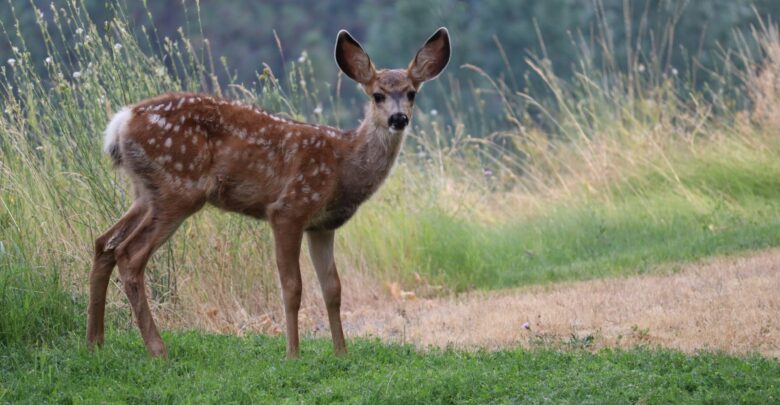 Supplied
SuppliedOn February 1, 2024, chronic wasting disease (CWD) was reported in British Columbia for the first time. This disease, which primarily infects cervids such as deer and elk, is fatal and contagious.
CWD is a prion disease, which damages the tissues of the brain and spinal cord. Prion diseases are neurodegenerative disorders and can occur in both animals and humans. According to Debbie McKenzie, a University of Alberta biological sciences professor, there is no cure for any type of prion disease.
“With all of the prion diseases, infected animals or people always die,” McKenzie said. “There’s no treatment. No cure at all.”
According to McKenzie, one of the challenges of the disease is the variety of strains and varying clinical presentations. A prion is a “unique pathogen because they are a misfolded form of a normal protein.”
Prions are able to misfold into a variety of shapes, and those different shapes have their own properties, McKenzie said. McKenzie’s lab has characterized at least seven strains of CWD. She said that other researchers have found different strains.
“The disease primarily affects the brain and the central nervous system and ultimately results in the loss of neurons,” McKenzie said. CWD can also spontaneously occur as a result of a protein misfold of the cellular prion protein. CWD is not always a result of infection.
“At some point, they lose a sufficient number of neurons that they can’t function anymore,” McKenzie says
When a cervid moves into the clinical phase of infection, they begin to show physical symptoms. Their shoulders droop, they slouch over, and overall they become very emaciated, McKenzie said. Once they begin to show symptoms of infection, McKenzie said they pass away in a few months.
“I think it’s an interaction between not being able to eat but at some point, they lose a sufficient number of neurons that they can’t function anymore.”
Another issue with CWD is that it can’t be cleaned off of surfaces in the usual ways that people clean or get rid of bacteria, McKenzie said. This is because CWD has a greater resistance.
“So if you have CWD prions on knives from field dressing an animal that you shot, you can’t just wipe it off. It’s not going to go away.”
Although McKenzie advises hunters to act cautiously when field dressing cervids, she said the risk of CWD infecting humans is “very, very low.” Currently, there is no number to attach to the risk, she said.
MacKenzie shares concern with how CWD may impact animal populations, issue is with long incubation period
According to McKenzie, ever since CWD was discovered, it has continued to spread as animals migrate. She added that concern lies with what may happen to animal populations as a result of CWD.
McKenzie said there is population decline in various areas affected by CWD. Reductions in cervid populations can lead to changes in the ecosystem. According to McKenzie, caribou are at risk for infection. Potentially, infected caribou could spread CWD over large distances, she said.
“It worries me a little bit because caribou migrate long distances. Now you would have animals shedding infectivity … over hundreds of kilometres.”
According to McKenzie, a problem with CWD is the long incubation period of around two years. The cervids do not show symptoms during this time, making it difficult to identify the infected. During the incubation period the infected animals continue to spread the disease. Even though they still look healthy, McKenzie said all the while they are shedding infected bodily fluids into the environment. Additionally, herd animals can spread CWD through physical contact.
“As more animals get infected, more are shedding into the environment. And then it’s likely that they’re going to get infected from the environment as well. So we tend to have this thing where the prevalence is low, and then it goes up exponentially.”




